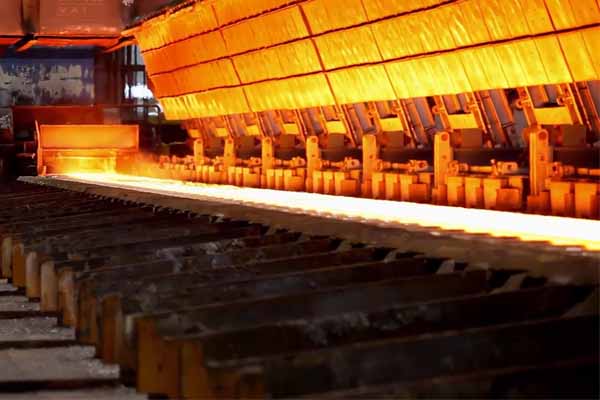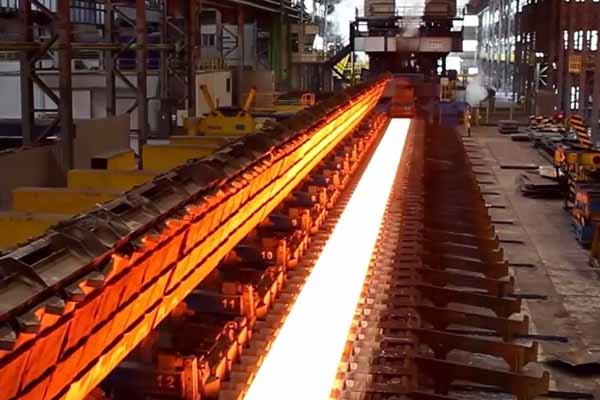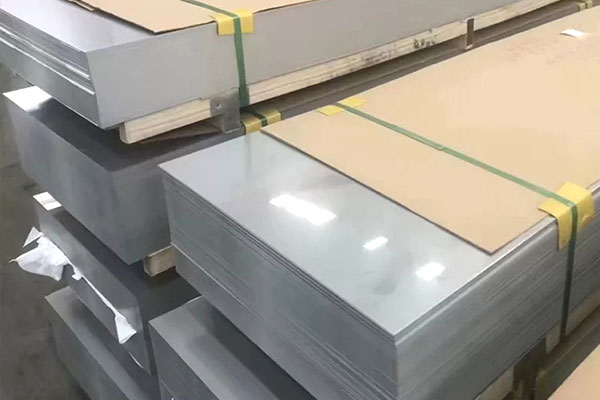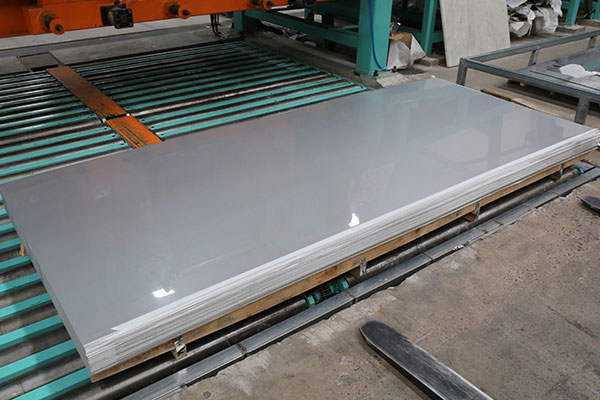What ls Case Hardening?
Case hardening is a specialized heat treatment method utilized to elevate the surface hardness of metal components while preserving their ductile and tough interior. By introducing carbon or nitrogen into the outer layer and promptly cooling or quenching it, a highly wear-resistant outer shell is formed, maintaining a soft core capable of absorbing impacts without fracturing. Mainly applied to low-carbon steel and iron parts, case hardening delivers an ideal balance of toughness and hardness, ensuring durability in industries where enduring components are crucial for long-term performance.
What Are the Types of Case Hardening Methods?
Various methods employed for case hardening offer distinct applications, advantages, and disadvantages tailored to meet diverse material requirements and operational settings:
l Carburizing: This increasingly favored technique enriches steel surfaces with carbon to boost hardness, primarily effective on low-carbon steels. The process entails heating at high temperatures in a carbon-rich environment until carbon atoms diffuse into the surfaces, followed by quenching to secure hardness. Carburizing is particularly advantageous for components enduring heavy loads, such as gears and bearings.
l Nitriding: Nitriding infuses nitrogen into steel surfaces, presenting several advantages over carburizing. Operating at lower temperatures reduces distortion risks and eliminates the need for subsequent quenching. Ideal for alloy steels in aerospace and automotive industries, nitriding yields hard layers resistant to wear and fatigue, making it suitable for high-precision components.
l Carbonitriding: A hybrid process incorporating nitrogen and carbon into steel surfaces to create a deep, wear-resistant layer, primarily used for small components like fasteners or automobile parts. Carbonitriding typically involves slightly lower temperatures compared to carburizing and is beneficial for enhancing durability in steel fasteners and small automotive parts.
l Induction Hardening and Flame Hardening: These techniques involve rapidly heating a metal's surface through either electromagnetic induction or direct flame, followed by immediate quenching. Induction and flame hardening are ideal for selectively treating specific regions of components without affecting their overall composition. Medium to high carbon steels, including gears, shafts, and tooling, often benefit from these methods, resulting in durable surfaces suitable for various industrial applications.
Which Metals Are Appropriate for Case Hardening?
Case hardening is typically suitable for specific types of steel and iron, with different metals benefiting from this process for enhanced mechanical properties and operational efficiency:
l Low-Carbon Steel: Known for its ductility and toughness, low-carbon steel is a popular choice for case hardening. Its low carbon content makes it ideal for carburizing, where carbon-rich coatings increase surface hardness while preserving core resilience.
l Alloy Steels: Alloy steels, featuring elements like chromium, molybdenum, and nickel, are suitable for case hardening applications. These elements aid in the nitridation process, leading to the formation of hard nitrid layers on the surface, beneficial for components requiring high surface hardness and improved fatigue resistance.
l Cast Iron: Specific types of cast iron, especially malleable irons, can benefit from case hardening to enhance wear resistance and durability. While less common for case hardening applications compared to other metals, the process can be invaluable in industrial settings where improved surface durability is essential.
l Tool Steels: Tool steels are commonly selected for case hardening, particularly through methods like induction hardening. This treatment results in hard, wear-resistant surfaces, extending the lifespan of tools used in cutting, shaping, and forming applications.
What are the Advantages of Case Hardening?
l Enhanced Wear Resistance: Case hardening significantly boosts wear resistance, crucial for components enduring friction and wear, prolonging their operational lifespan.
l Increased Fatigue Strength: Hardened surfaces exhibit improved fatigue strength, thanks to induced compressive stresses during the process, vital for parts exposed to cyclic loading, reducing the risk of crack initiation and propagation.
l Core Ductility Retention: Despite heightened surface hardness, case-hardened parts maintain core ductility, enabling them to withstand impacts and shock loads without fracturing, ensuring durability under varying conditions.
l Versatility: Case hardening can be applied to various metals like low-carbon and alloy steels, making it adaptable to a wide range of industrial applications.
What are the Advantages and Disadvantages of Case Hardening?
Case hardening offers metals heightened wear resistance and fatigue strength, leading to various benefits along with certain limitations.
l Distortion Risk: The high temperatures involved in case hardening pose a risk of metal part distortion, even with precise process control and monitoring, particularly affecting precision components.
l Increased Complexity and Cost: Case hardening demands meticulous control over temperature, atmosphere, and timing, introducing complexity and higher costs compared to standard heat treatments.
l Limited Hardened Layer Depth: The inherent limitation on the depth of hardened layers may not offer adequate protection for components exposed to heavy loads or severe wear conditions, potentially impacting long-term durability.
 English
English Русский
Русский







